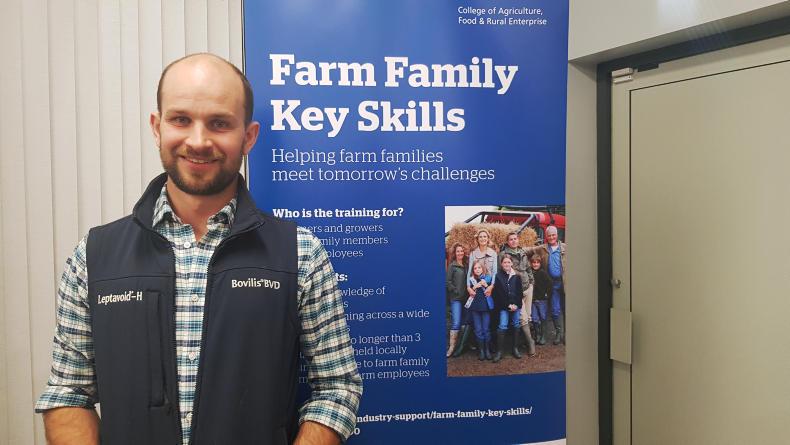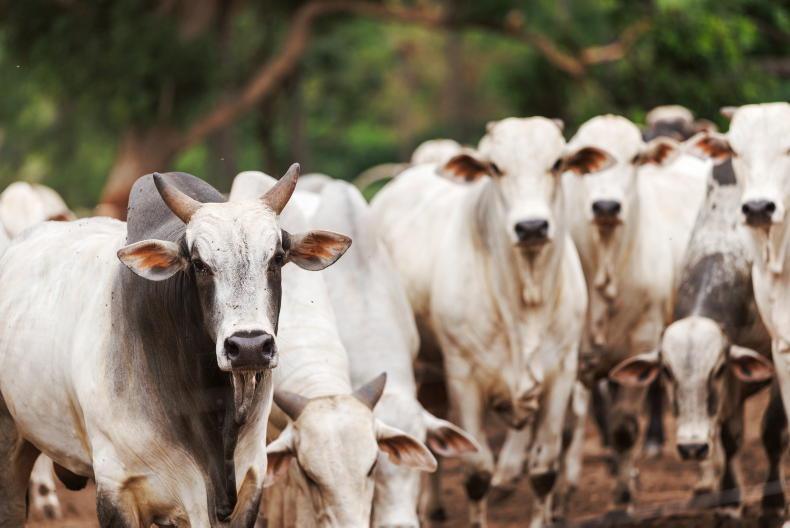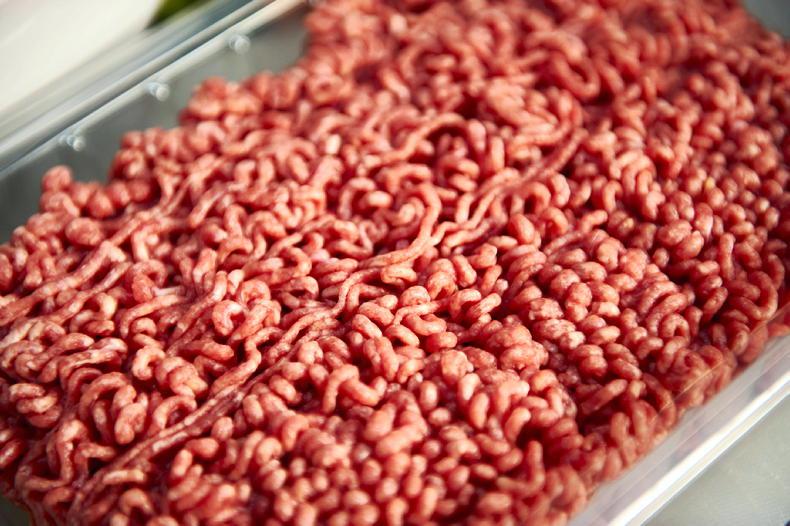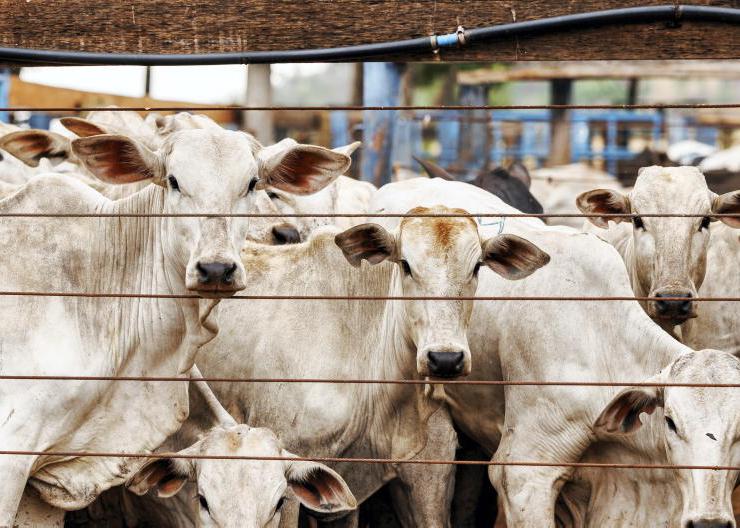The beef and sheep sectors will be under increased pressure over the coming years to reduce antibiotic usage, farmers were told at a recent antimicrobial resistance (AMR) workshop.
Local vet Rob Lawrence explained that the issue of AMR stems from pathogens (such as a bacteria) becoming resistant to antimicrobial treatments.
In 2016, a report concluded that AMR was responsible for one human death every 50 seconds, but this was projected to increase to one death every three seconds by 2050.
This led to the current drive for more communication on responsible use of antimicrobials in both humans and animals.
The evening event in Swatragh gave participants certification for the new AMR training requirement in the NI Beef and Lamb Farm Quality Assurance Scheme (FQAS). The course was part of the Farm Family Key Skills programme and was free of charge.
Lawrence suggested that additional FQAS requirements could be coming down the track aimed at reducing the use of products that are classified as Highest Priority Critically Important Antimicrobials. This includes the likes of Baytril and Marbocyl.
Their use will have to be justified to FQAS inspectors, suggested Lawrence.
“In the first year it will be manageable, but it will be harder in the longer term,” he said.
Resistance causes
Aside from overuse of antibiotics, other factors that increase the risk of resistance include administering the incorrect dosage, not finishing the prescribed course and not getting a definitive diagnosis.
Farmers were told that responsible use of antibiotics comes down to “using as little as possible but as much as necessary”.
“At times we need to use a lot, like a pneumonia outbreak in a calf shed. But we want to use as little as possible by getting everything else right first,” Lawrence said.
In a discussion session, hygiene was identified as key to preventing all types of disease in livestock, from scour in calves, to lameness in sheep.
To properly clean sheds, power wash floors and walls, apply a detergent to break down leftover residues, wash it off, let surfaces dry and then apply a disinfectant.
Lawrence said that dry bedding and clean floors are critical to reducing infection burdens: “Bugs are good swimmers but poor runners.”
Other key actions included:
Isolate sick animals to prevent infection spread.Practice good biosecurity, including quarantine of bought-in stock, to prevent new infections.Ensure adequate intake of good quality colostrum in calves and lambs.Avoid overcrowding and ensure adequate ventilation in sheds.Vaccines
Vaccines play an important role in preventing disease and reducing antibiotic use. To be effective, they need to be stored and administered according to the manufacturer’s instructions.
Lawrence said that blanket treatment with antibiotics to prevent disease is not justifiable. An example was given of sheep farmers who administer antibiotics to all ewes annually for enzootic abortion, even though a one-off vaccine is readily available.
He said that sheep farmers also need to move away from treating all newborn lambs with antibiotics to prevent watery mouth: “Only individual treatments of sick animals can be justified.”
Two-thirds of antibiotic use in sheep is for lameness, so reducing incidence of scald, footroot and CODD will have quick wins. Tips for tackling lameness include culling problem ewes, treating lame sheep early, maintaining hygiene, quarantine of bought-in stock and vaccinating for footrot.
Having comprehensive herd and flock health plans, which are specific for each farm, makes it easy to administer vaccination programmes and other animal health treatments at the right time.
Health plans are a requirement under FQAS, and so is keeping records of veterinary medicine use.
Lawrence suggested that the latter should be used to benchmark antibiotic usage over time, and he advised farmers to set targets for lowering their antibiotic use.
The beef and sheep sectors will be under increased pressure over the coming years to reduce antibiotic usage, farmers were told at a recent antimicrobial resistance (AMR) workshop.
Local vet Rob Lawrence explained that the issue of AMR stems from pathogens (such as a bacteria) becoming resistant to antimicrobial treatments.
In 2016, a report concluded that AMR was responsible for one human death every 50 seconds, but this was projected to increase to one death every three seconds by 2050.
This led to the current drive for more communication on responsible use of antimicrobials in both humans and animals.
The evening event in Swatragh gave participants certification for the new AMR training requirement in the NI Beef and Lamb Farm Quality Assurance Scheme (FQAS). The course was part of the Farm Family Key Skills programme and was free of charge.
Lawrence suggested that additional FQAS requirements could be coming down the track aimed at reducing the use of products that are classified as Highest Priority Critically Important Antimicrobials. This includes the likes of Baytril and Marbocyl.
Their use will have to be justified to FQAS inspectors, suggested Lawrence.
“In the first year it will be manageable, but it will be harder in the longer term,” he said.
Resistance causes
Aside from overuse of antibiotics, other factors that increase the risk of resistance include administering the incorrect dosage, not finishing the prescribed course and not getting a definitive diagnosis.
Farmers were told that responsible use of antibiotics comes down to “using as little as possible but as much as necessary”.
“At times we need to use a lot, like a pneumonia outbreak in a calf shed. But we want to use as little as possible by getting everything else right first,” Lawrence said.
In a discussion session, hygiene was identified as key to preventing all types of disease in livestock, from scour in calves, to lameness in sheep.
To properly clean sheds, power wash floors and walls, apply a detergent to break down leftover residues, wash it off, let surfaces dry and then apply a disinfectant.
Lawrence said that dry bedding and clean floors are critical to reducing infection burdens: “Bugs are good swimmers but poor runners.”
Other key actions included:
Isolate sick animals to prevent infection spread.Practice good biosecurity, including quarantine of bought-in stock, to prevent new infections.Ensure adequate intake of good quality colostrum in calves and lambs.Avoid overcrowding and ensure adequate ventilation in sheds.Vaccines
Vaccines play an important role in preventing disease and reducing antibiotic use. To be effective, they need to be stored and administered according to the manufacturer’s instructions.
Lawrence said that blanket treatment with antibiotics to prevent disease is not justifiable. An example was given of sheep farmers who administer antibiotics to all ewes annually for enzootic abortion, even though a one-off vaccine is readily available.
He said that sheep farmers also need to move away from treating all newborn lambs with antibiotics to prevent watery mouth: “Only individual treatments of sick animals can be justified.”
Two-thirds of antibiotic use in sheep is for lameness, so reducing incidence of scald, footroot and CODD will have quick wins. Tips for tackling lameness include culling problem ewes, treating lame sheep early, maintaining hygiene, quarantine of bought-in stock and vaccinating for footrot.
Having comprehensive herd and flock health plans, which are specific for each farm, makes it easy to administer vaccination programmes and other animal health treatments at the right time.
Health plans are a requirement under FQAS, and so is keeping records of veterinary medicine use.
Lawrence suggested that the latter should be used to benchmark antibiotic usage over time, and he advised farmers to set targets for lowering their antibiotic use.










SHARING OPTIONS